Every pair of shoes share one thing in common: A sole that influences how you move and walk. Every sole is different, with its own special qualities and drawbacks. Kizik is here to showcase these differences.
Wood
We start with one of the more unique materials selected for shoe soles. Wooden soles may be a novelty today compared to more widespread materials, but they used to be incredibly popular. Especially in the 1600s, wood was the most popular option for high-heeled shoes due to its durability. Across the world, shoes like the Japanese geta and Dutch klompen are instantly-recognizable as forms of traditional national dress.
There are many good reasons why wood was initially popular and why the manufacturing of this type of sole continues. One notable reason is absorbance: Wood naturally absorbs sweat from feet and moisture from the environment. This means that your feet feel dry and your shoes smell better longer.
Its absorbency also means it takes more water from rain for your shoes to become soaked. It provides excellent grip on surfaces, especially slick ones. As a porous material, wood feels breathable compared to other natural materials like leather.
As lovely as wood is, there is a reason why everyone doesn’t go around in wooden shoes. The first is inflexibility: Wood isn’t exactly known for being flexible and adaptable to the shapes of different feet. If your shoes don’t fit perfectly from the start, they never will. They force your foot to contort to the shape of the shoe far more rigidly than other soles.
Rubber
Our next sole is one of the most popular in the world. Rubber is the standard for everything from kids’ shoes to athletic footwear to daily walking shoes to work boots. It achieves this standard thanks to rubber’s numerous forms, as well as unifying natural properties.
Rubber provides a highly grippable surface, helping to prevent falls and adapt your stride to various terrains. This makes it ideal in both active and sedentary contexts and as protection against wet surfaces. It is also extremely durable and well-suited for hard surfaces like concrete or asphalt.
Rubber, however, is not very breathable. When used as an outsole material, this can be balanced by looking for shoes with breathable uppers like mesh.
An entirely rubber outsole has a chunky, casual appearance, which limits its use in formal shoes. That much rubber is going to be heavier than other materials.
It’s possible to have the best of both worlds, however. For one example, we’d like to highlight the Men’s Lima. Rubber traction pods allow all the benefits of rubber to be present in this walking shoe. At the same time, using a different primary outsole allows for a more fashionable appearance and comfortable gait.
With its undeniable benefits, rubber will surely remain a popular choice for a long time to come.
Crepe
Listing crepe and rubber as two separate materials is technically a kind of cheating. Crepe is a very distinctive type of natural rubber made by stretching out liquid latex from the rubber plant. Crepe is immediately recognizable for a usually yellow-brown color and a crackling, crinkled appearance. It’s not used in strict formalwear but is common in casual shoes and boots.
As far as its benefits go, crepe is the total opposite of rubber. They are fairly lightweight, first and foremost. Secondly, the puckering of the materials lends itself to flexibility and comfort not found in most rubber options.
Given the light color of most crepes, they are quick to dirty, especially in wet or muddy conditions. For once, the manufacturing style of crepe is negative as its shape makes it difficult to clean perfectly.
The above are aesthetic cons, but there are some practical ones to crepe, too. It is not as resistant to slippages as other types of rubber. Though they are comfortable, they provide little arch support. This can make long days of walking difficult or exacerbate existing foot issues.
Crepe is complex in that it has a lot of positive and a lot of negative qualities. It’s ultimately up to the wearer to decide where they fall in terms of preference.
Foam
There are several different types of foam, owing to differences in the cell structure in each. Generally, foam is created by filling compounds of rubber with plastic with air. The result is a dense, highly resistant, and variably flexible material.
Foam is a more easily moldable material than most others, meaning many avant-garde designs to choose foam. However, there are plenty of practical reasons why foam is an effective tool.
The type of foam used in outsoles offers shock absorption, making it great for walking shoes and sneakers alike. Sneakers and tennis shoes are different, but the same principles can go into making quality versions of both.
Memory Foam is a generic name for several types of foam that eventually mold to the user's feet. This can offer better arch support, as the shoe molds to the needs of the wearer. This is great for people who have to remain active, whether that means athletics or standing all day for work. Foam is relatively easy to clean compared to many other materials.
We wouldn’t be totally honest if we didn’t list some of the foams' drawbacks. Foam is a retentive material — heat, sweat; you name it, foam retains it. This can be beneficial if you’re going to be sedentary and want some extra warmth. It may be less so for long-term active shoes.
At Kizik, we aspire to elevate traditional foam footwear with our own Flex Foam™. This outsole uses all the positive qualities of traditional foam, but it also features a wider surface area and grooves. This helps maintain stability and traction while bouncing back to offer strong support.
Leather
Leather is a classic sole choice for footwear for many reasons. It is sleek, elegant, and wears well. It’s most commonly seen in dress shoes like oxfords and loafers. Leather can last for several years if it is properly taken care of.
“If properly taken care of,” is where leather soles start to lose their luster. Wet weather and other conditions, like the sidewalk salt seen everywhere to de-ice roads and walkways, eat away at these soles.
Leather starts out pliant and flexible, but as it ages, it can become rigid. This leads to a shortened lifespan and a more uncomfortable shoe. Thankfully, with leather care and pads for wet weather, it is possible to address these issues.
There is one definite factor where leather shoes fail for practicality: Grip strength. Even in regular conditions, leather soles can be slippery. Add in slippery conditions, and suddenly it becomes a challenge to find a worse shoe for grip strength.
Despite these negatives, leather still has an attractive allure that is sure to keep it a fashion mainstay.
Cork
Cork, more formally called Cork Nitrile, is best compared to rubber. They resist plenty of conditions, including oils and water, and are extremely durable. Like foam, it has slight elasticity that helps it match the needs of the wearer. As an insole, they provide excellent arch support.
Cork material itself repels moisture and breathes wells naturally. However, it can be heavy compared to other soles. It also has poor grip strength, owing to the fact that it lacks a natural tread.
Three core elements contribute to a shoe being slip-roof on slick surfaces: Soft materials like rubber, wide heels, and curvature to the heel of a shoe. In addition, treads significantly improve traction under all circumstances. In the case of cork, the issue becomes weak treads leading to weak traction.
They do take some time to dry out, though, compared to other materials, since cork won’t absorb sweat. This might cause some problems with odor if you are looking for an everyday shoe.
What are combination soles?
There is no such thing as a single “combination” shoe. However, many choose to create footwear that has a blend of sole materials with the goal of balancing out weaknesses.
These can be foam soles with points of rubber to improve traction or shoes with leather components for style. Combination shoes are often selected for either highly specialized activities or aesthetic interests.
What sole is best?
The quick answer is: None of them. All soles have their own benefits and drawbacks. In addition, aesthetic preference can’t be accounted for in an objective examination.
However, for stability, mobility, and all-around support, a few do stick out. Rubber, foam, and potentially combination heels all offer practical benefits. Better support and mobility make these pieces highly effective when it comes to daily wear.
At Kizik, we believe better shoes are more than just style — they are style and then some. The substance backing them is what gives them real, lasting longevity, turning good shoes into truly great ones. They don’t just complete your wardrobe: Kizik shoes support you with every step you take.
Sources:
Shoes! History of the Heel from 1500-1910 I The Pragmatic Costumer
Shoe Tread Research Gains Traction | University of Pittsburgh


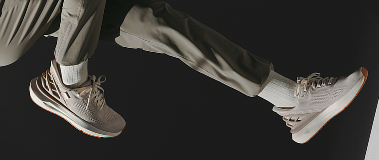
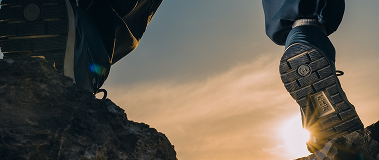

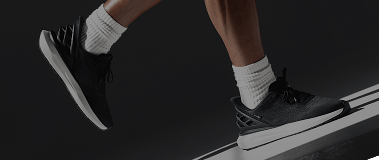
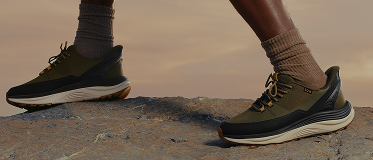
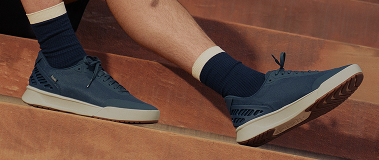
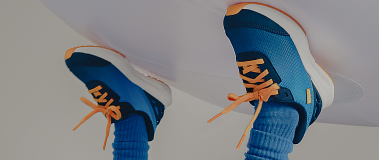
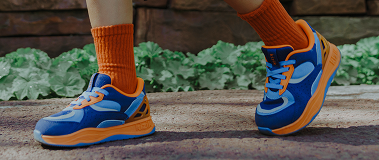
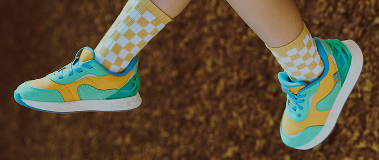




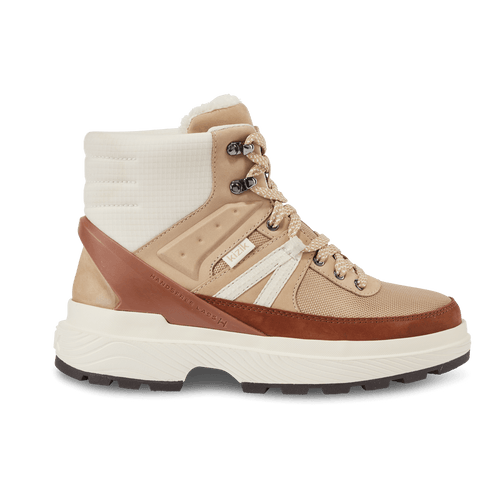
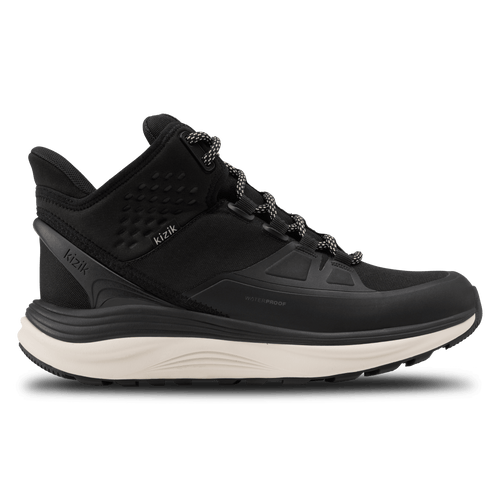





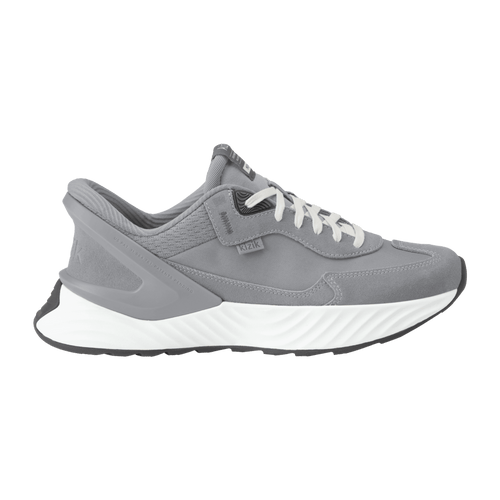


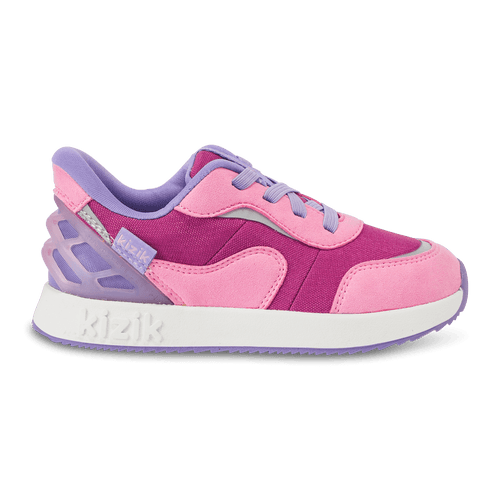




Leave a comment
This site is protected by hCaptcha and the hCaptcha Privacy Policy and Terms of Service apply.